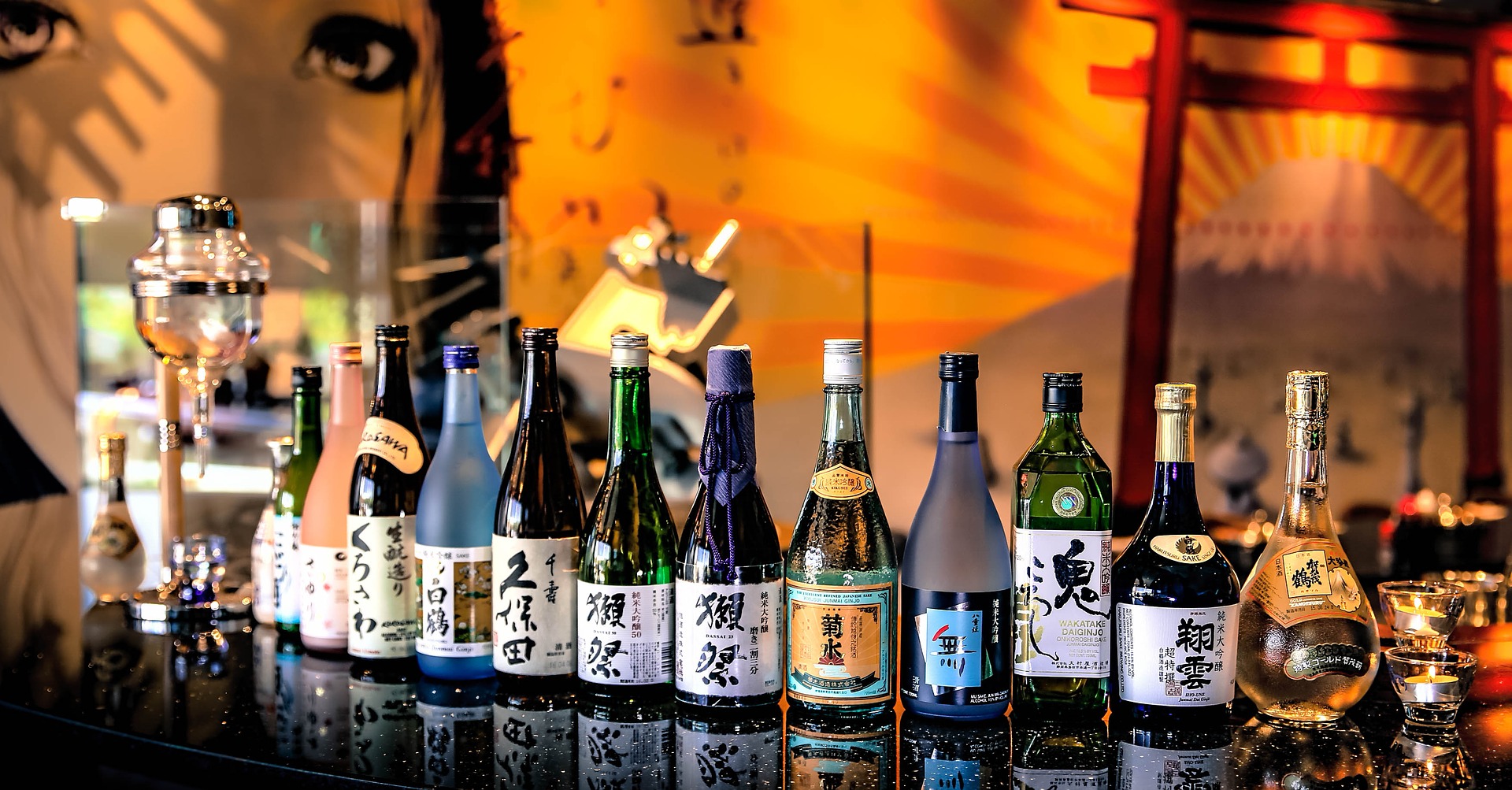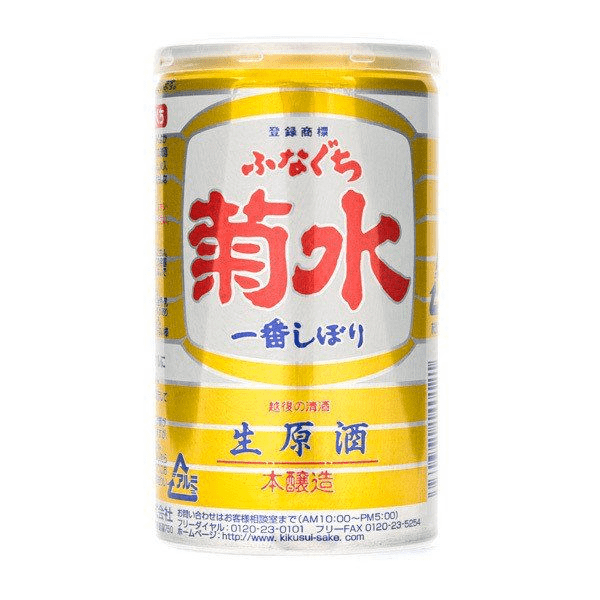Sake has class, we know it and so do you. But Sake also has class…es, seven classes to be precise. So let’s break out some glasses and break down the classes of this classy libation.
First All Sake can be broken down into 2 Categories, Pure Rice style and Alcohol added style. Once you have established that, Sake can be broken down further based on the type of rice which is used. Well, less the type of rice and more how much that rice is processed. Sake Rice is polished up to and over 50% in the ultra-premium.

Junmai Daiginjo & Daiginjo
Junmai Daiginjo, perhaps the highest quality commercial sake you can buy, the grand cru of the rice wine world if you may. These Sakes must have at least 50% of the rice grain removed while polishing to be considered in this category. It requires precise brewing methods and uses rice that has been polished to that level. Daiginjo sakes are often expensive and are served chilled to bring out their nice complex flavors and aromas.
Daiginjo: Is everything above but with added brewers alcohol
Junmai Ginjo & Ginjo
Junmai Ginjo, the everyday Sake. well maybe not everyday but if I could it would be. Usually hand crafted and containing under 50% but over 40% polished rice Ginjo is known for being easy to drink with a light, fruity, and complex flavor that is usually quite fragrant
Ginjo: Is everything above but with added brewers alcohol
Honjozo, Futsu-shu & Junmai-shu
Now time to get a little more complicated, Junmai-shu is straightforward, Sake that is made of only water koji and rice with no minimum requirements on rice polishing. If there was a bud light of sake Junmai-shu would be it, although i would gladly drink Junmai-shu Cup ace over a bud light any day. Futsu-shu shares the lack of polishing requirements as Junmai-shu while Honjozo requires a minimum of 30% polishing. Honjozo & Futsu-shu are a split category as to how much alcohol fortification they receive. Honjozo is 10% or less brewers alcohol where Futsu-shu is over 10%.
What is brewers alcohol?
generally 95% alcohol distilled from cane sugar.
Why fortify Ambrosia?
Simple, Money! Well i am sure that’s a large consideration but the most common reason to fortify sake is yield, there simply isn’t enough capacity to meet demand for having only Junmai sake varieties. Fortifying is by no means a bad thing. Adding fortified spirits to sake adds now demotions in flavor, usually fortified sake has lower fermentation leaving the product much sweeter and bringing out a richness.



Awesome https://urlr.me/zH3wE5
Very good https://is.gd/N1ikS2